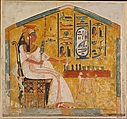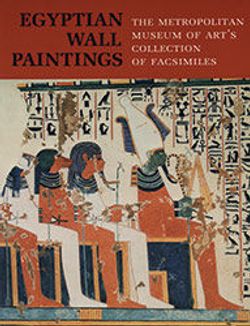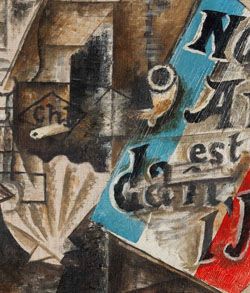Queen Nefertari Playing Senet
Original New Kingdom, Ramesside
Nefertari was the Great Royal Wife, or principal queen, of Ramesses II. Her importance to the king is evident in the monuments he created to honor her. At Abu Simbel, the Ramesses constructed a small rock-cut temple for her next to his own and, for her burial, he commissioned a beautifully painted tomb in what is now called the Valley of the Queens.
This facsimile copies of one of the paintings from Nefertari's tomb. In this vignette, the queen sits in front of a table playing a game of senet again an invisible opponent. This was a popular game in life, but when represented in a tomb, as here, it has symbolic meaning. The word senet means "passing" and the game was seen as a parallel to the journey into the afterlife and the obstacles one had to overcome on the way.
In the scene, Nefertari wears an elaborately pleated and fringed gown of sheer linen. She also wears a gold bracelet, a broad collar, and what are probably silver earrings. On her head is the vulture headdress of a queen. The facsimile was painted at the tomb in 1921-1922 by Nina deGaris Davies who was a member of the Graphic Section of the Museum's Egyptian Expedition.
Due to rights restrictions, this image cannot be enlarged, viewed at full screen, or downloaded.




